BASE KNOWLEDGE FROM COACH LANCE - By Lance Watson, LifeSport Coaching
You can be the fittest, fastest, leanest athlete and have the best, most expensive equipment, but when it comes to race day, things still go terribly wrong. Then what?

In this sport, sometimes things do not go our way. In these moments it is easy to get bogged down in the stress of the situation and our unmet expectations; but that rarely leads to positive outcomes. Instead focus on these three things:
- Control the controllable.
- Remember your "Why"
- Keep the big picture in mind.
Not only will this improve your overall triathlon experience, but it is remarkable what
performance benefits you'll notice as well!

This coaching tip by Coach Lance Watson, an avid consumer of cranberry-lime BASE bars. Lance has trained many Ironman, Olympic and age-group champions over the past 30 years and enjoys coaching athletes of all levels. Contact Lance@LifeSportCoaching.com to tackle your first IRONMAN or to perform at a higher level.






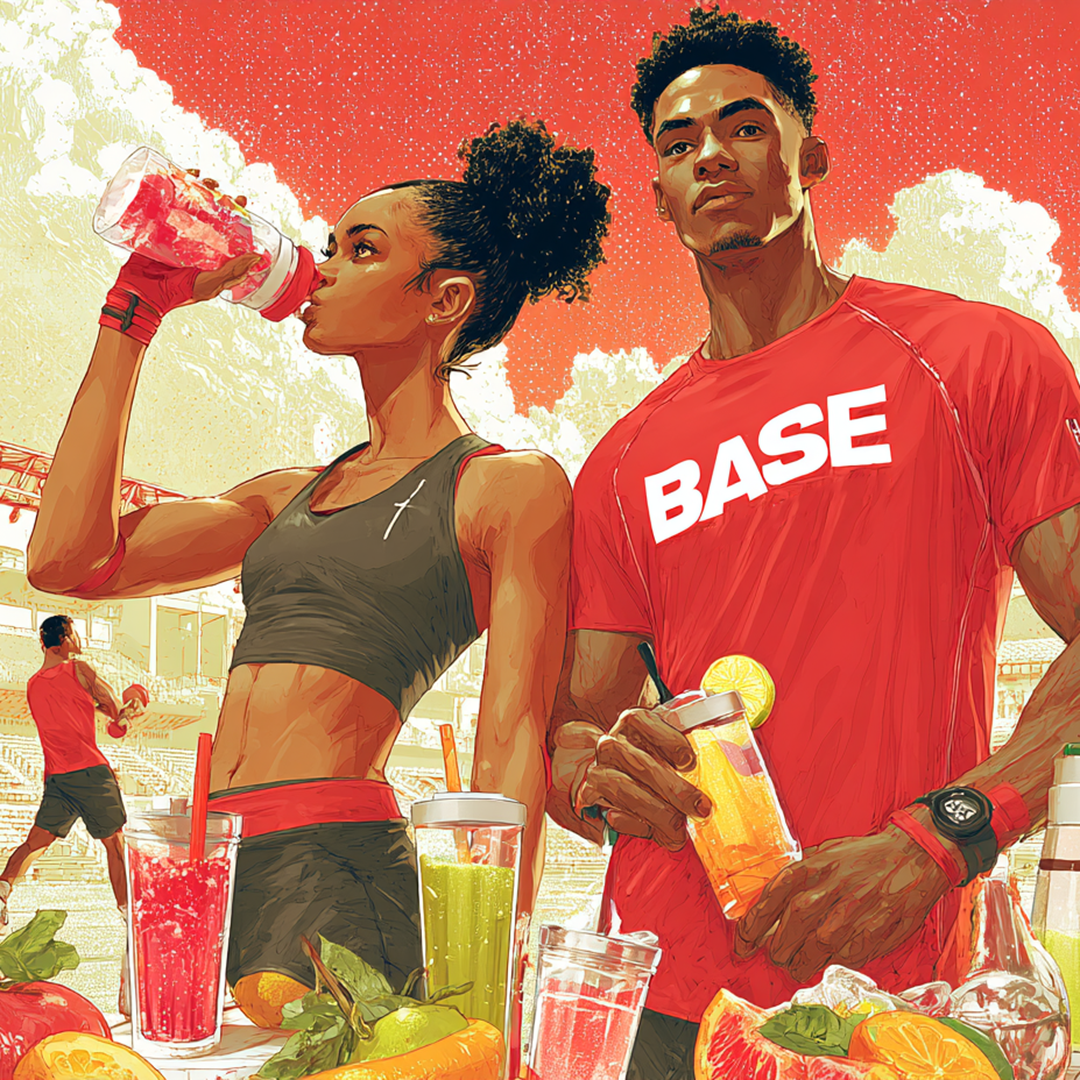
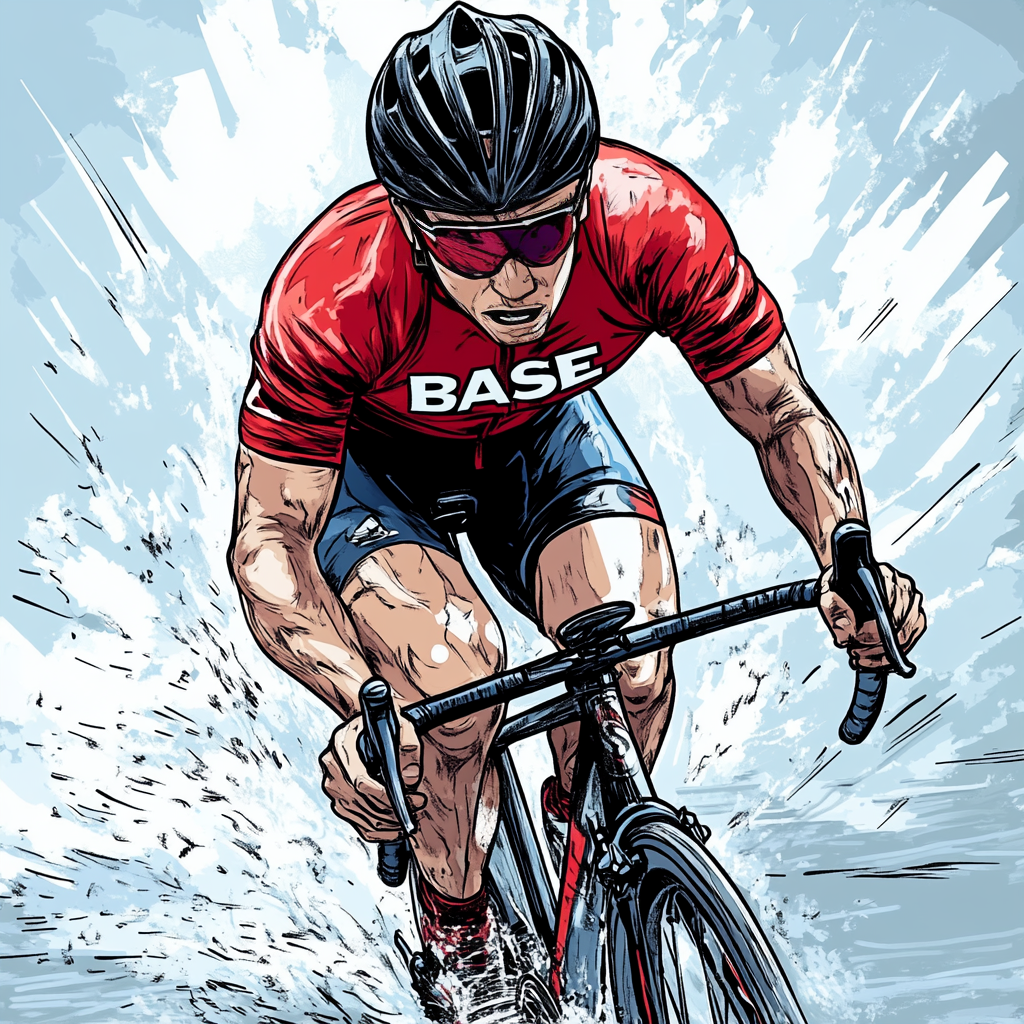

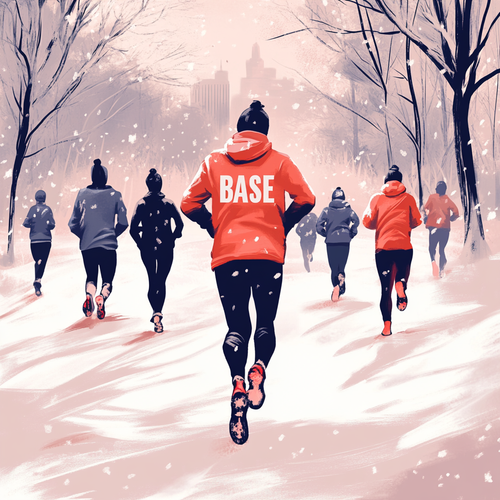


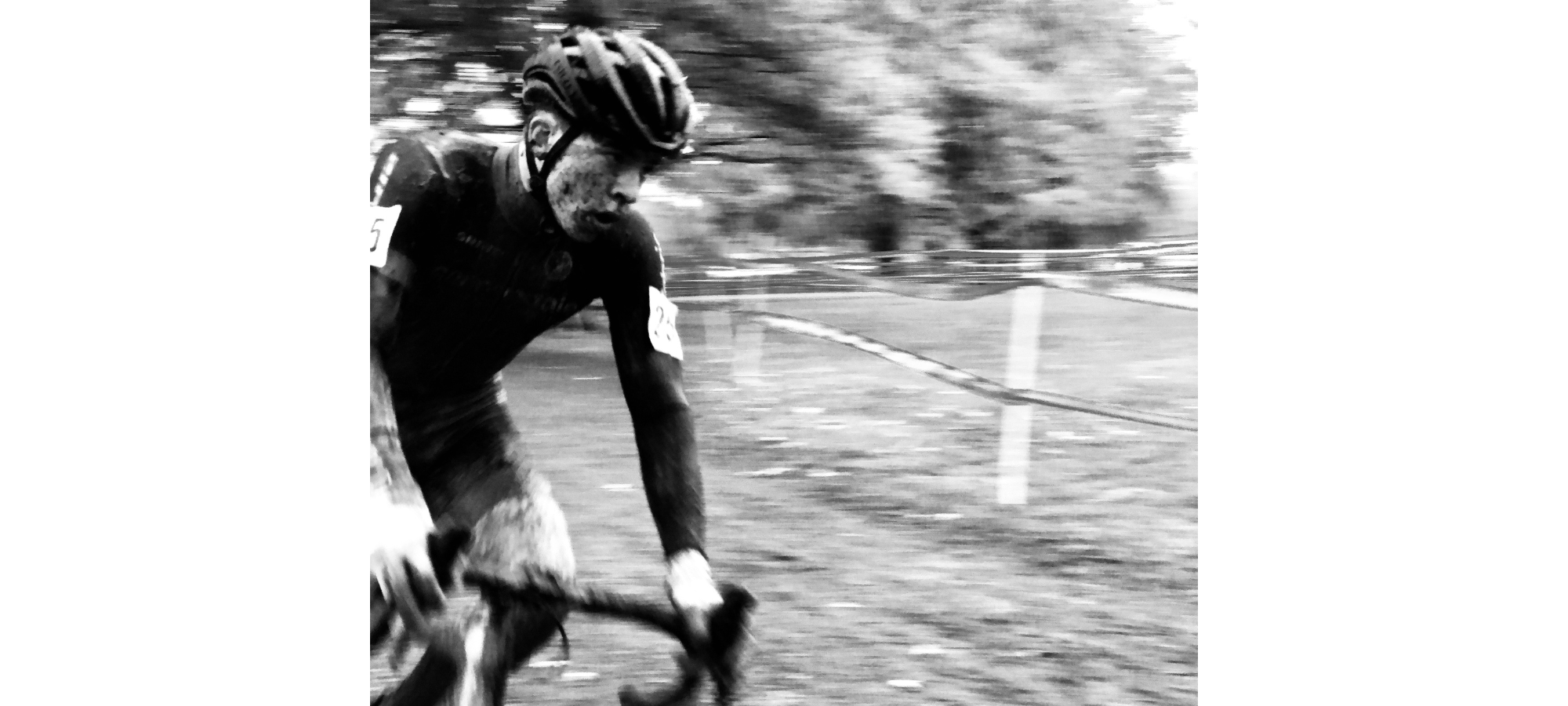
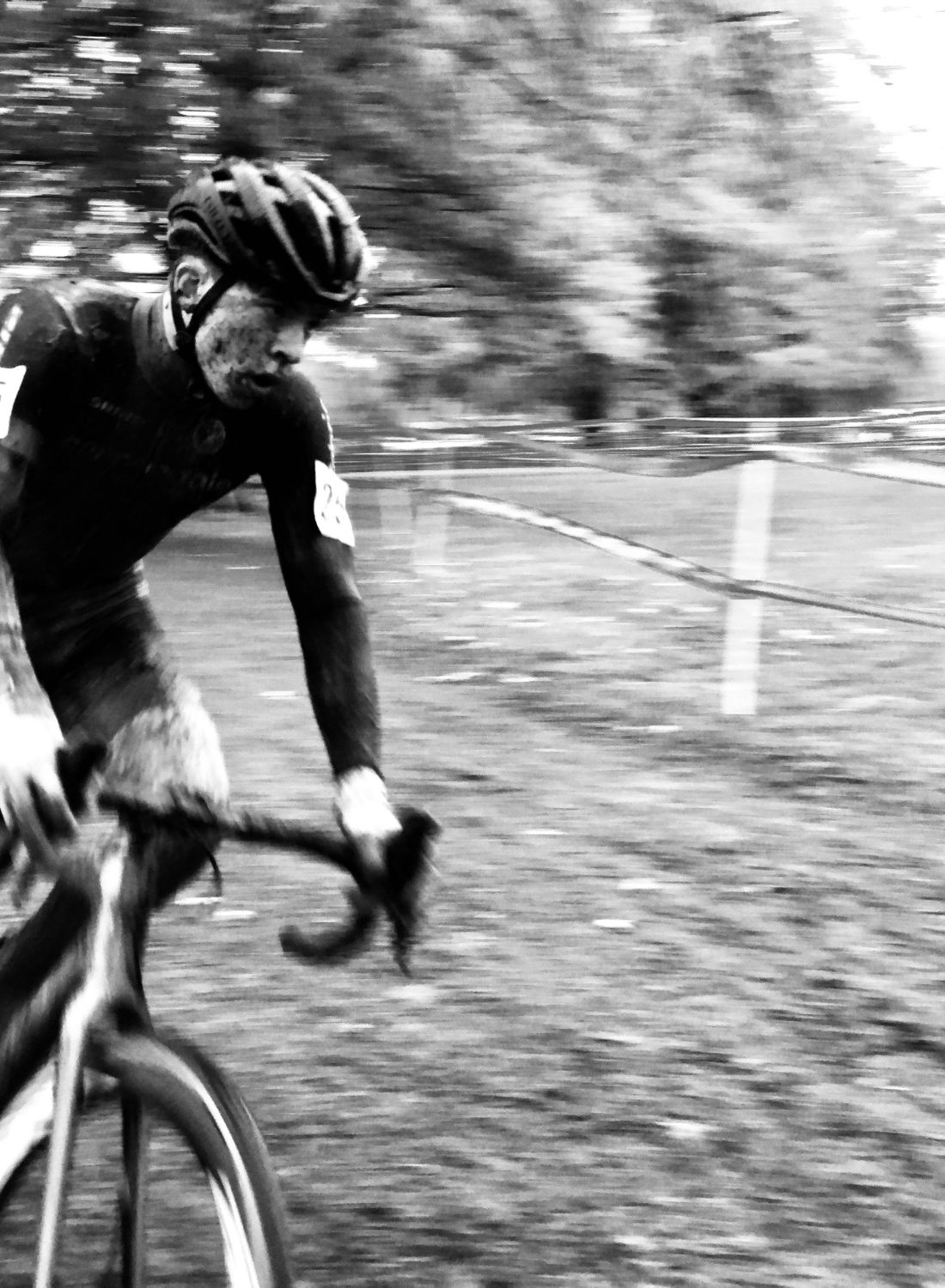











Thank you, Coach Lance. I am going to save this. Simple yet powerful message.
Leave a comment